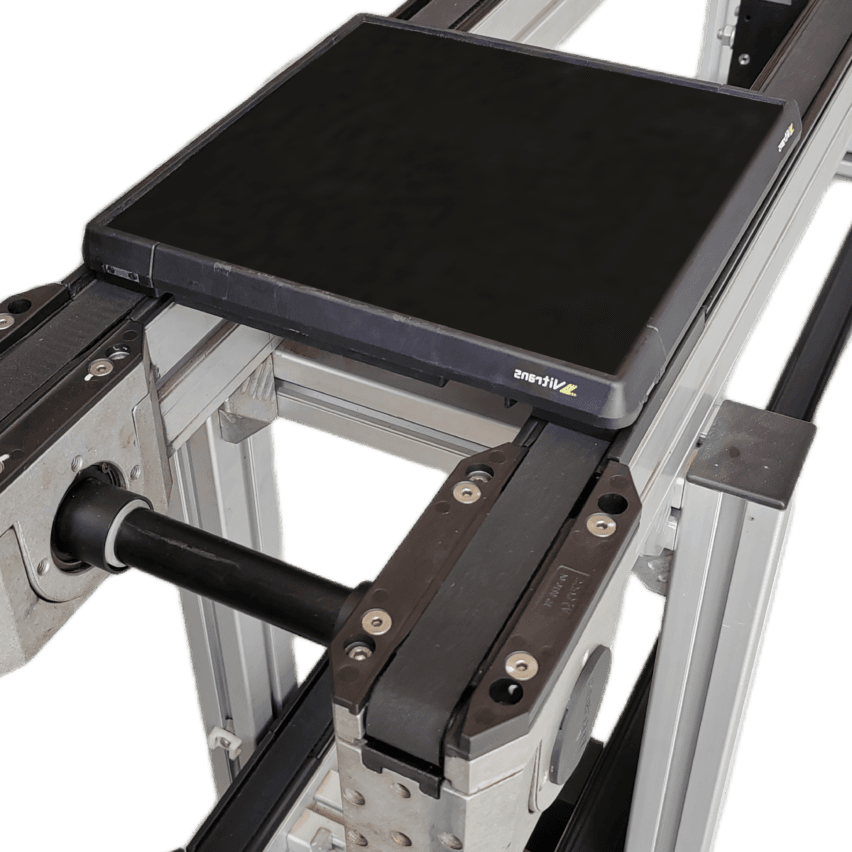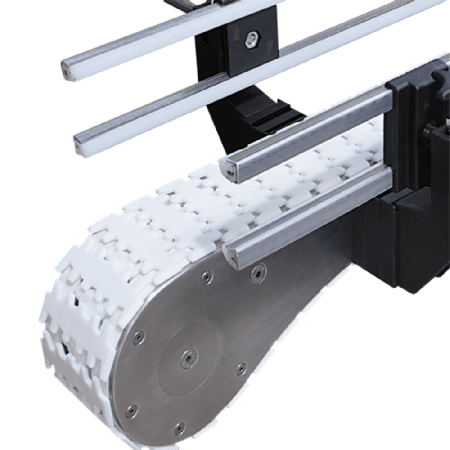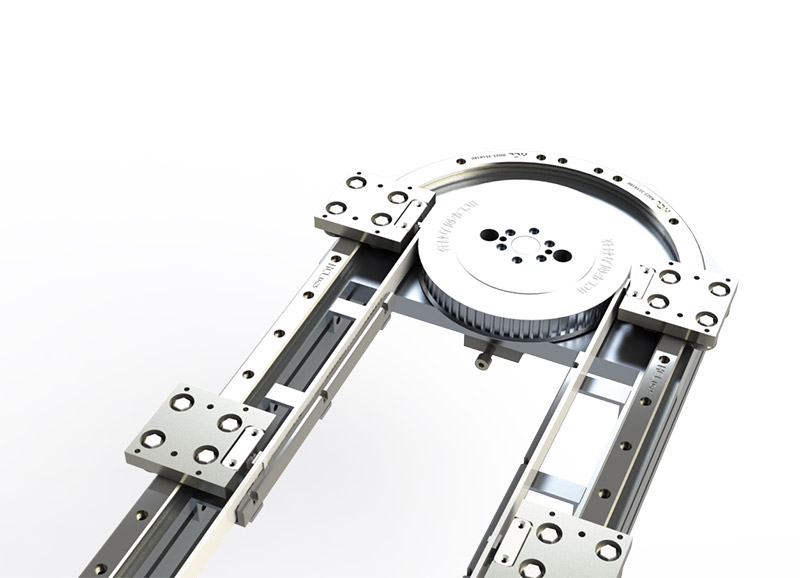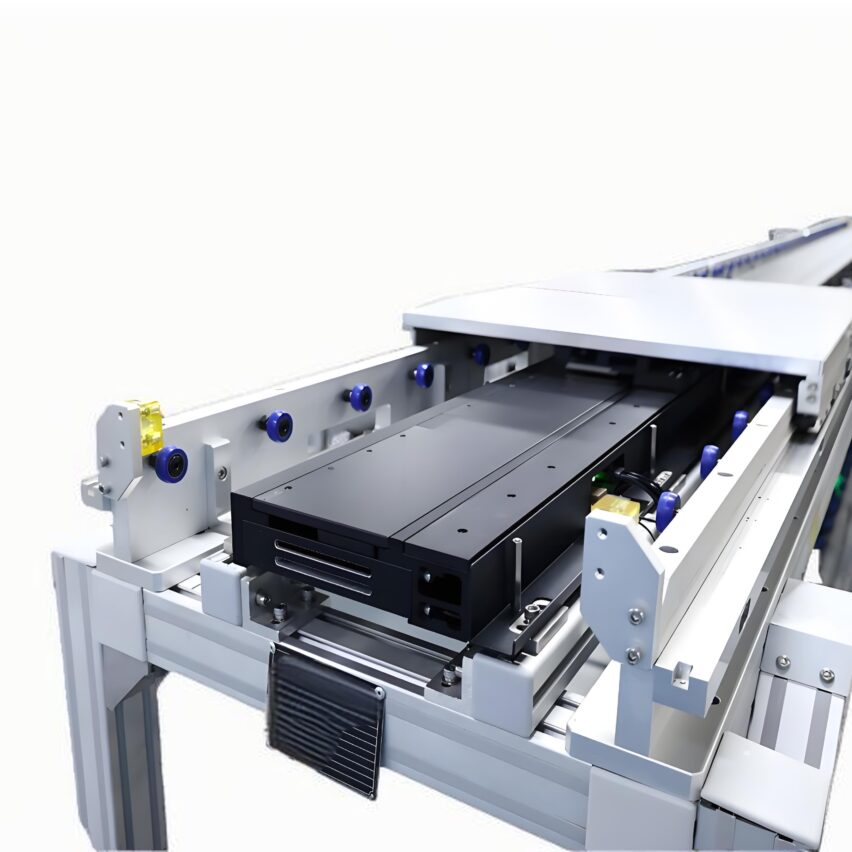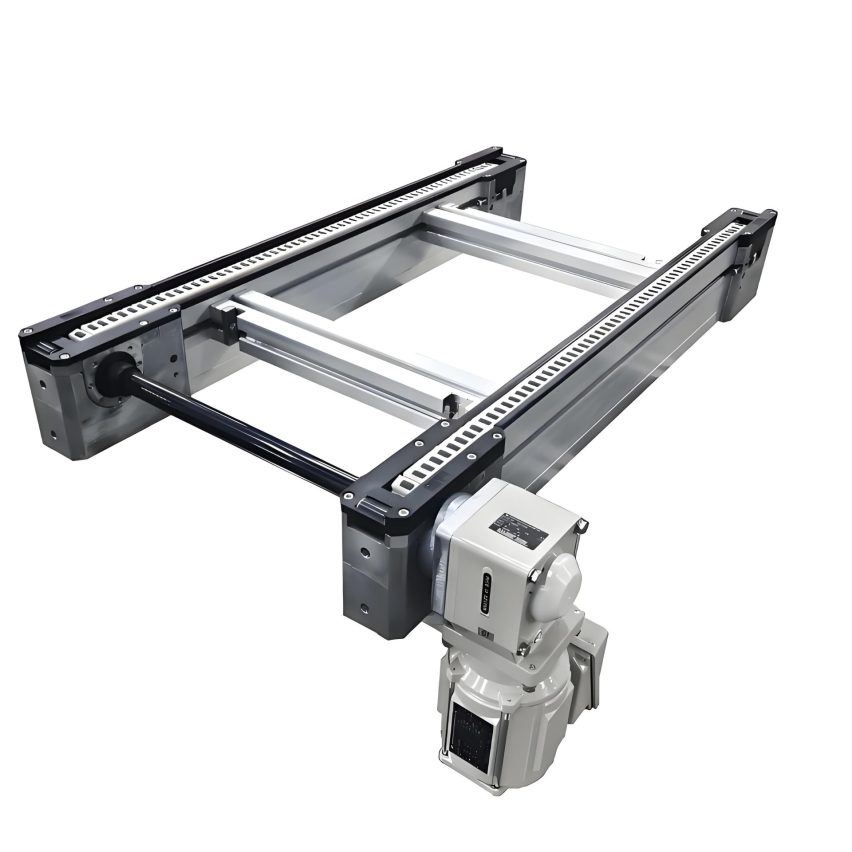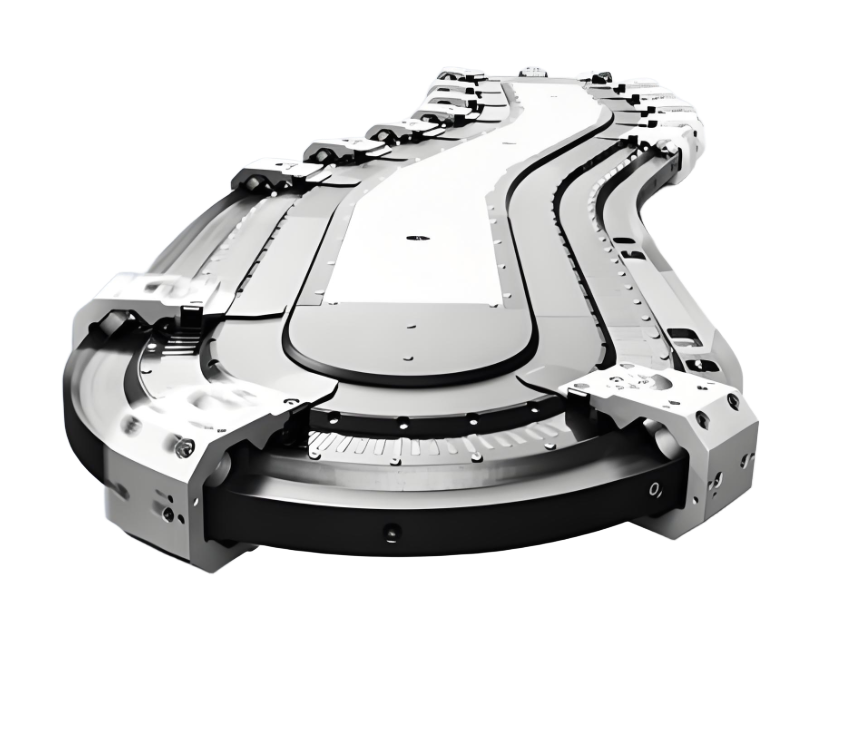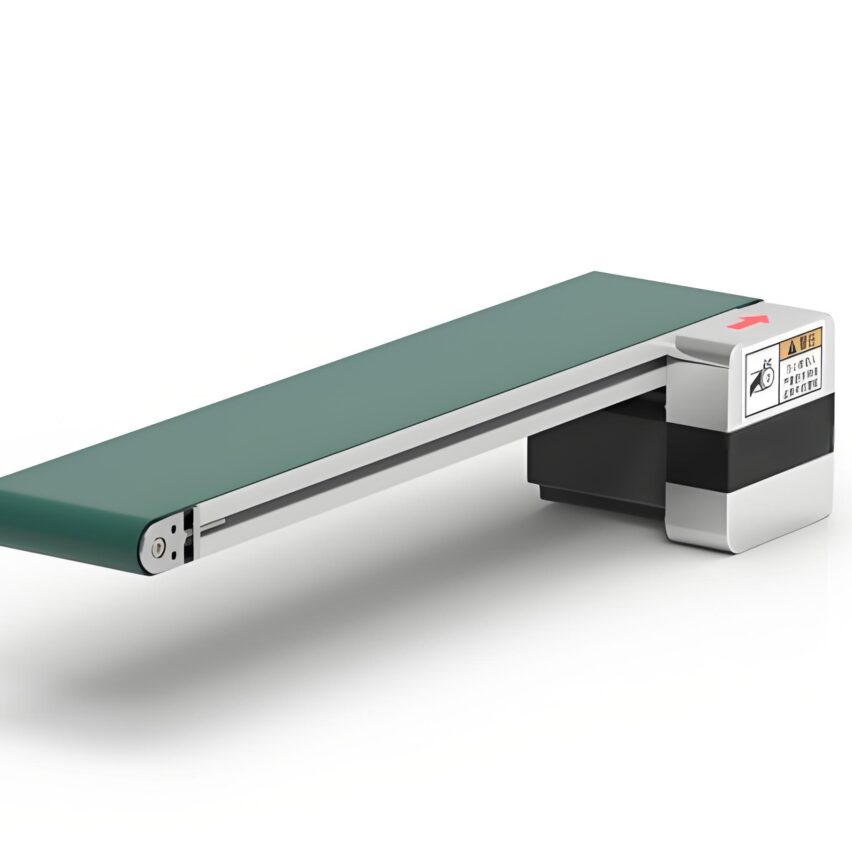I. Parameter Calculation: Precise Design to Avoid Early Failure
Why does the chain drive failure on the 80% stem from a parameter error?At the heart of a roller chain drive is matching the power requirements to the load carrying capacity of the chain. Four key parameters need to be specified during design:
- Transferred power P: Rated motor power (e.g. Y160M-6 motor power 7.5kW);
- Speed n₁/n₂: Gear ratio i = 3.23 at 970 r/min for the master wheel and 300 r/min for the driven wheel;
- Operating condition factor KA: 1.0 for smooth loads and 1.5 for moderate shocks (Table 1);
- Number of teeth coefficient Kz: Kz = 1.34 for small sprocket tooth number Z₁ = 25.
Formula for calculating equivalent power Pca::
Pca = (KA × Kz / Kp) × P
In the case of a double-row chain (Kp=1.75), the transferred power of 9.75kW needs to be corrected to an equivalent power of 5.57kW.
a trap for novices: Neglecting tooth number limitations leads to skipped teeth. z₁ should be ≥ 17, z₂ ≤ 120 and an odd number of teeth (e.g. 19, 23) is preferred to avoid uniform wear.
Selection guide: three elements to lock the chain type
Choose the wrong chain number? Consuming over $10,000 a year in extra maintenance costs!Match the chain model with the rated power graph (Fig. 2):
- Chain pitch p: Check the curve according to Pca and n₁. For example, if Pca=5.57kW and n₁=970r/min, select 10A (p=15.875mm);
- rowHeavy Duty Choice Multi-Row Chain - Double Row Chain with increased load capacity of 75%;
- Chain length Lp: Initial centre distance a₀ = 40p, the formula calculates the number of chain links and rounds to an even number (example: 136 links).
Industry DataIn high temperature environments, alloy steel sprocket material can extend the life of the sprocket by 3 times, avoiding the rapid wear and tear of carbon steel.
Third, the installation and maintenance: tension adjustment province 30% maintenance costs
Loose edge droop over 2%? adjust immediately!There are three main risks to avoid when installing:
- Centre distance optimisation: a₀ = (30~50)p, adjustable design reserve △a≥2p (example: 31.75mm);
- tensioning technique: Automatic tensioning with springs for horizontal transmission and pallet compression for vertical transmission;
- Lubrication options::
chain speed v Lubrication method v<1.5m/s Regular manual oil brushing 1.5~8m/s Oil bath or drip lubrication v>8m/s Forced cooling with pressure injection
Calculation of pressure shaft force: Effective circumferential force Fe=1000P/v, pressure shaft force Fp=1.15Fe (horizontal drive). Example: Fp≈1400N when v=6.4m/s.
IV. Guide to avoiding pitfalls: failure analysis and cost control
Fatigue Fracture, Gluing and Wear - Strategies for the Three Failure Culprits::
- fatigue damage: chain plate breaks under variable stress, requiresControl actual power ≤ rated power 90%.;
- Worn hinges: Pitch elongation over 3% is replaced, otherwise the risk of jumping teeth rises 70%;
- glue failure: Change to carburised steel sprocket when the chain speed is >8m/s to avoid high temperature adhesion.
Exclusive dataDesigned for 15,000 hours according to GB/T 18150 standard, but when lubrication is poor, the life expectancy drops to less than 5,000 hours.
Design Words: Chain drives are not "ready-to-use" mechanical components.Regular checking of loose edge drape + quarterly lubricationThis can extend the life of 200%. When selecting the type, keep in mind that "small number of teeth with a large pitch is easy to collapse the teeth, large centre distance without tension will be chattering chain" - this is a decade of equipment engineer's blood and tears lessons.


